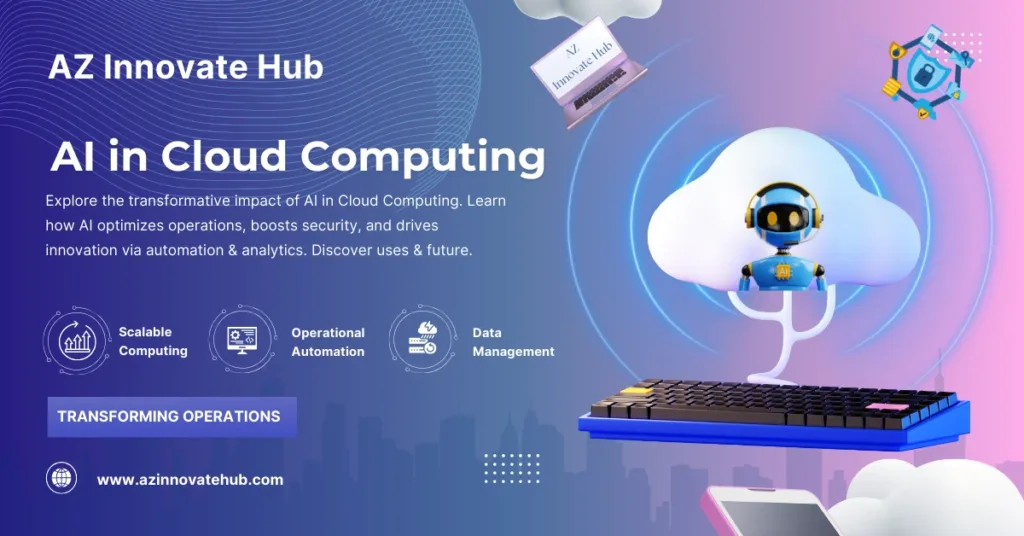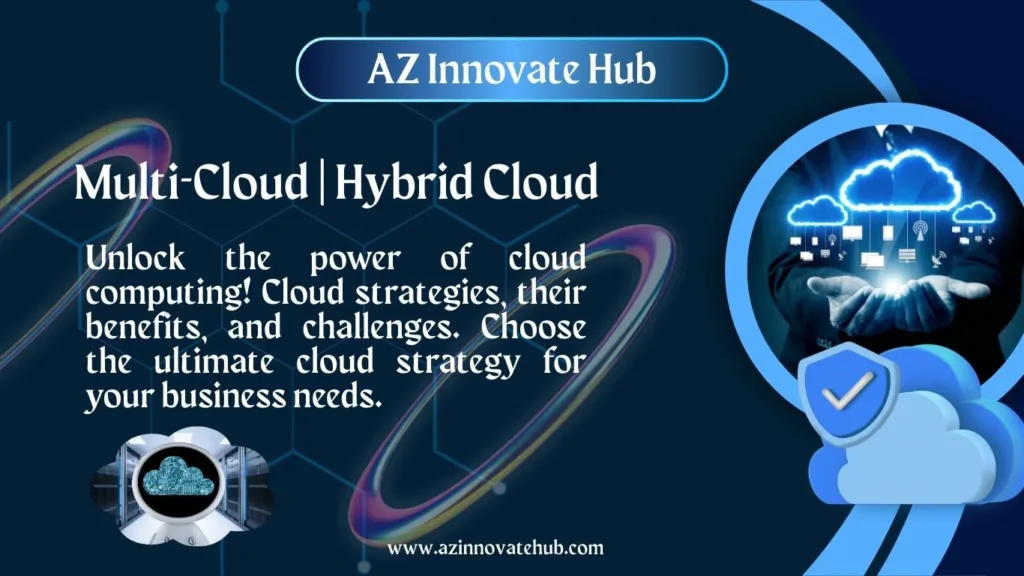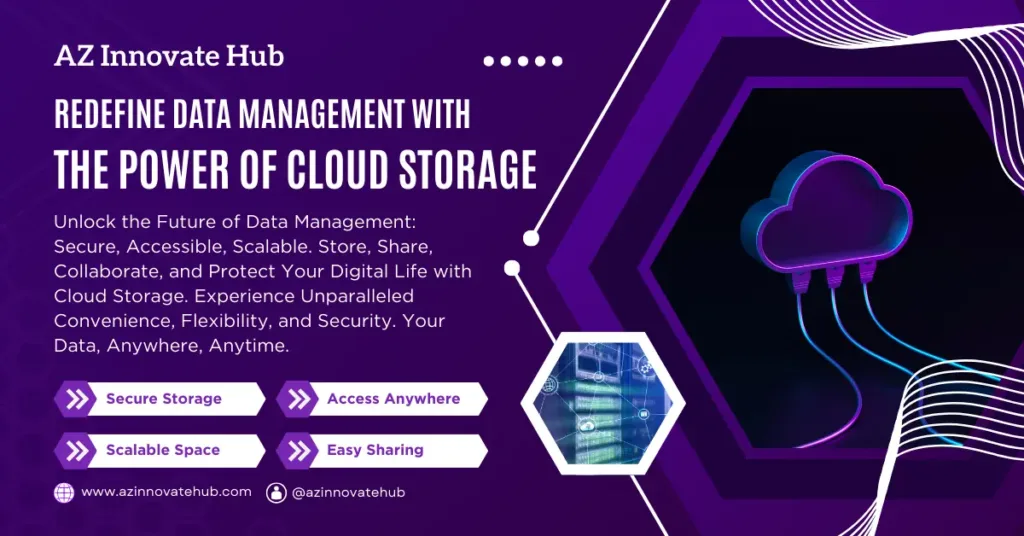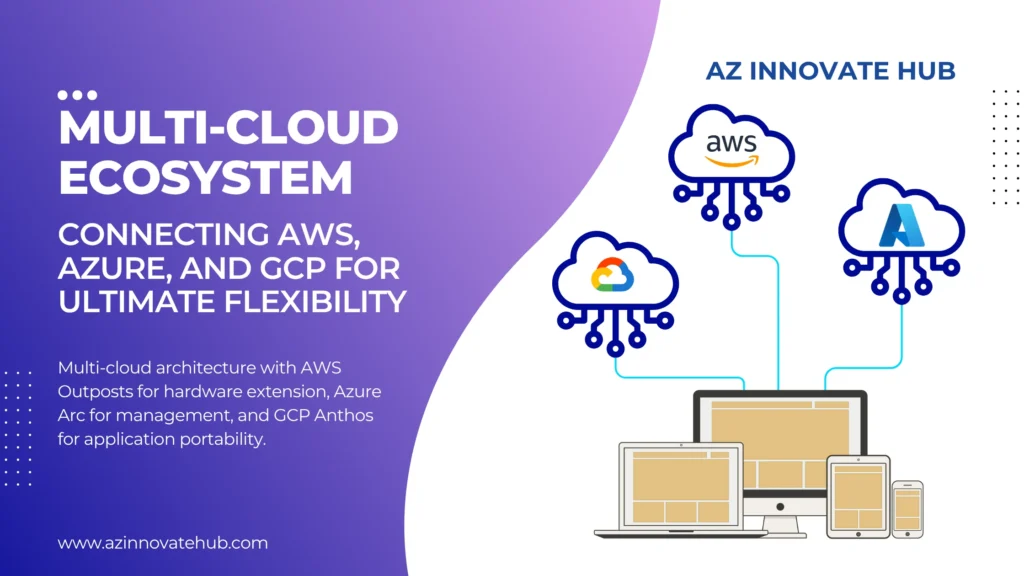
Key Insights: Multi-Cloud Strategy
- AWS employs a hardware-centric solution called AWS Outposts, which brings fully managed AWS infrastructure, native services, and APIs directly into the customer’s data center, thereby extending the familiar cloud operating model to on-premises workloads.
- Microsoft Azure utilize a management-centric approach with Azure Arc. This platform extends Azure services and management capabilities to any infrastructure (including other clouds), effectively decoupling Azure services from the Azure public cloud and making Azure the centralized management hub for a heterogeneous environment.
- Google Cloud Platform (GCP) focuses on application portability via open standards. Its core tool, Anthos, is a Kubernetes-centric platform designed for consistent application deployment and management across GCP, AWS, Azure, and on-premises environments.
Let’s be real. If you’re not thinking multi-cloud, you’re missing out on serious advantages. For modern tech leaders and enthusiasts, relying on just one massive provider is like driving a powerful sports car that’s permanently stuck in one lane. We want flexibility, we want power, and we absolutely demand resilience.
This shift is huge: 89% of enterprises have already adopted a multi-cloud strategy. This practice—using two or more public clouds like Amazon Web Service (AWS), Microsoft Azure, and Google Cloud Platform (GCP)—isn’t just a trend; it’s essential architecture.
Why the frenzy? Because by playing the field, organizations can minimize dependence on a single provider, prevent that dreaded vendor lock-in, and grab the absolute best services each vendor offers.
Here’s the breakdown of why the multi-cloud architecture is a game-changer and how the “Big Three” are making it easier to connect their powerful worlds.
The Architecture Rationale: Freedom, Features, and Financials
Why do we go to the effort of managing more than one environment? It all comes down to strategic benefit.
1. Differentiated Capabilities Win
Every provider has a “personally,” as one analyst put it. AWS is the mature giant with a massive catalog; Azure naturally integrates with existing enterprise Microsoft tools; and GCP is the powerhouse of AI/ML and open-source, Kubernetes-driven work.
A multi-cloud strategy lets you pick the best tool for the job. You might want the newest AI features from one provider, but prefer another’s compute and storage classes. Leveraging multiple platforms gives IT leaders access to the latest innovations, keeping the business sharp and competitive.
2. Resilience Isn’t Optional
Sure, adding another cloud environment introduces complexity and potentially increases your attack surface. But when planned correctly, operating across multiple clouds is critical for resilience. If one cloud platform hits a snag, mission-critical applications and data keep running on the other. Distributing applications across two or more providers ensures operational continuity and robust disaster recovery.
3. Optimized Cost is the Name of the Game
This is where the financial engineering comes in. Different cloud providers offer totally different pricing models, including reserved instances or preemptible Virtual Machines (VMs). A strategic multi-cloud placement strategy allows you to put the right application on the most cost-effective platform for that workload. Tools like AWS Budgets, Azure Advisor, and GCP’s Cost Management help teams keep tabs on spending and optimize resources across the whole stack.
The Cloud Interoperability Showdown: Three Unique Visions
Connecting Separate cloud environments requires tackling networking and security head-on. The three hyperscalers have taken distinct paths to bridge the gap between their public clouds and your environment (or even their rival’s cloud).
AWS Outposts: The Hardware Extension
AWS realized that due to latency needs and data sovereignty laws, some workloads simply can’t move entirely to the public cloud. Their answer is physical. AWS Outposts is a fully managed piece of AWS infrastructure that lives inside the customer’s own data center.
This isn’t just a fancy server rack; it runs native AWS services, APIs, and tools, bringing the consistent AWS operating model and experience to on-premises workloads. It’s about meeting customers where they are.
Microsoft Azure Arc: The Management Hub
Microsoft has always had enterprise data center DNA, making the hybrid path a natural fit. Their solution, Azure Arc, is a platform that extends Azure services and management to any infrastructure.
Azure Arc is pure management genius: it projects non-Azure resources—servers, Kubernetes clusters, or databases—into the Azure portal. This means you can use familiar services like Azure Monitor and Microsoft Defender for Cloud to manage your entire, heterogeneous environment, regardless of where the resources actually live (on-premises, at the edge, or even on another cloud). It decouples Azure services from the Azure cloud, making Azure the ultimate management hub.
Google Cloud Anthos: The Open-Source Portable Layer
Google Cloud Platform (GCP) is betting big on Kubernetes and open standards. Google Cloud Anthos is their enterprise distribution of Kubernetes designed for consistent application deployment and management across environments—including on GCP, AWS, or Azure.
GCP’s philosophy is that open standards create a common, portable foundation for modern applications. Anthos allows you to build an application once and deploy it consistently across environments, focusing on application portability rather than infrastructure management.
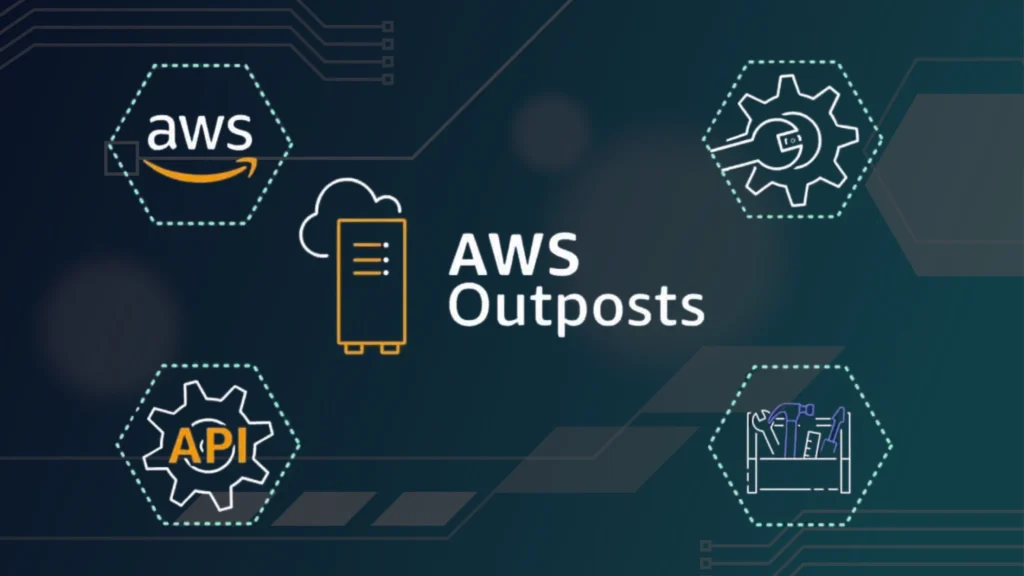
Taming the Multi-Cloud Beast: People, Processes, and Powerful Tools
While the technical capabilities are exciting, operating in a multi-cloud environment demands changes that go beyond just integrating technology—it fundamentally changes how people and processes work.
The Human Factor and Strategy
Just like an airline adding a new model airplane, adding another cloud affects everything: teams needs retraining, and you have to decide if people should specialize in one cloud or become a “jack of all trades”
A robust workload placement strategy is crucial. You need a clear plan, so every team knows which cloud to launch their application on, based on what “right” means for the business—be it cost, compliance, or unique features.
The Essential Tool Stack
True multi-cloud architecture means connecting these environments, which involves serious planning around networking, security, and data movement. To manage this complexity, specialized cross-cloud management tools are non-negotiable.
- Infrastructure as Code (IaC): Tools like Terraform are foundational. They allow you to use a single workflow to manage deployments and coordinate multiple providers, standardizing infrastructure changes across different clouds.
- Orchestration and Deployment: Using Kubernetes ensures consistent application management across platforms. GCP’s Anthos is built on this principle, and many tools support centralized Kubernetes deployment.
- Security Posture: Security gets complicated across different APIs. Platforms like Lace Work are essential, offering continuous security posture management and compliance monitoring across AWS, Azure, and GCP from one unified platform.
- Observability and FinOps: To avoid complexity and unexpected costs, you need clear visibility. Unified monitoring solutions like Dynatrace provide full-stack observability across public, private, and hybrid clouds. Meanwhile, tools like CloudZero AnyCost provide cost intelligence and help engineering teams take ownership of FinOps practices across providers.
The ability to architect for portability—using open source or container strategies—is what truly helps avoid lock-in, not just using a second cloud.
The Future is Intelligent
Looking ahead, we can expect managing this multi-cloud playground to get even smoother. Trends are pointing toward greater abstraction, where you see less of underlying infrastructure. Furthermore, the integration of AI and Machine Learning is becoming integral to cloud operations, helping systems run smoothly, securely, and optimally.
For tech enthusiasts and business leaders, adopting a planned multi-cloud strategy isn’t just about diversification; it’s about enhanced agility and securing access to the best advancements out there. By mastering the different connection strategies of AWS (Outposts), Azure (Arc), and GCP (Anthos), you are building a genuinely resilient and future-ready enterprise.

